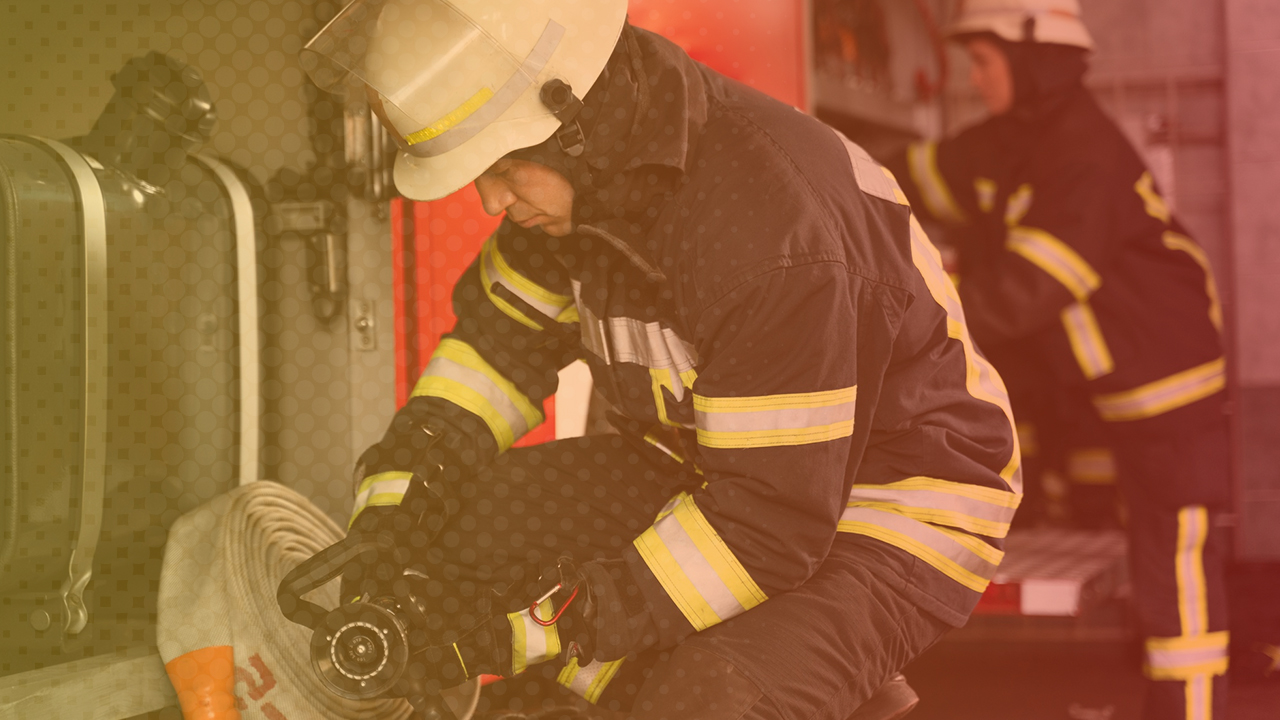Safety from fire is a vital part of protecting not only our homes but also our jobs and societies. In a world where surprise crises can arise at any instant, knowing the various fire safety services available is essential. These services include a wide range of practices, from creating thorough fire escape plans to confirming your smoke alarms are working effectively. With look at here growing occurrence of wildfires and urban fires similarly, having a strong understanding of fire prevention and response measures can be the key between being safe and facing calamity.
In this article, we will examine different aspects of fire safety, including key tips for securing your home, the significance of regular fire drills, and usual fire hazards to avoid. We will also look into certain aspects for different environments, such as classrooms, healthcare facilities, and skyscrapers. By obtaining knowledge about fire risk assessments, fire safety regulations, and the latest advancements in fire protection technology, you can prepare yourself more effectively and your loved ones to face the realities of fire emergencies.
Essential Fire Protection Tips
Fire safety is essential for everyone, whether at residence or in the workplace. One of the crucial steps you can take is to set up smoke alarms in critical locations, such as bedrooms, corridors, and kitchen spaces. Regularly testing these alarms makes sure they are operational and can be lifesaving in case of an incident. Additionally, it is crucial to switch out the batteries at least annually and change the entire unit every decade to maintain best functionality.
Creating a emergency evacuation plan is a critical component of fire safety. This plan should specify clear exit routes for your family or staff and identify a safe meeting place outside the building. Practice this plan through frequent fire drills, which are important for making sure everyone knows what to do in case of a fire. These drills help strengthen the importance of swift and secure evacuations, making it more likely that individuals will act suitably during a true emergency.
Lastly, being aware of typical fire hazards in your environment can significantly reduce fire risks. In houses, items like overburdened outlets, burnable materials near heat sources, and unattended cooking equipment are frequent culprits. In offices, ensuring that flammable materials are properly handled and that all fire safety equipment is in operational condition can prevent serious incidents. By being proactive about these hazards, you can drastically improve safety for you and those around you.
Formulating a Fire Escape Plan
A well-thought-out fire escape plan is important for all household and workplace. The first step is to locate all possible exits in your home or business, including entrances and windows. Make sure that all occupants can easily access these exits, and that they are not obstructed by furniture or clutter. Go over the routes to safety points with all individuals, and ensure that they know which exits to use based on the location of the fire. A visual map can be particularly helpful in illustrating these escape routes.
Then, designate a safe meeting spot outside where all individuals can assemble after escaping the building. This ensures that all individuals is safe and can help emergency responders know if someone is still inside. Involve all family members or staff in this initiative, so they feel comfortable about what to perform in an urgent situation. Consistent discussions and practice sessions will help solidify the plan and ensure all participants remembers their roles during a fire crisis.

Finally, it's important to review and rehearse the fire escape plan at least two or more times a year. Conducting fire drills doesn't just familiarizes all individuals with the escape routes but also helps identify any potential issues with the plan. After each drill, review what went well and what could be enhanced. this contact form ’t forget to modify the plan if there are any adjustments in the layout of your residence or business, or if additional individuals join your household or staff. Frequent practice and updates will ensure that your fire escape plan stays effective and all members is prepared to be safe in case of a fire.
The Importance of Fire Detection Systems and Sprinklers
Alarm systems and water-based fire suppression systems are vital components of any effective fire protection strategy. They serve as the first line of defense in identifying and suppressing fires before they can escalate into disastrous events. Fire alarms provide early warning, allowing occupants the time they need to exit and alert responders. Regular testing and maintenance of these systems are necessary to ensure they function properly when needed most. A defective alarm can have severe consequences, highlighting the importance of keeping these devices in good condition.
Water-based fire suppression systems play a vital role in controlling fires and minimizing damage to property and lives. When activated, they dispense water to douse flames, often preventing the fire from spreading. Research have shown that buildings with water-based fire suppression systems have significantly diminished fire death rates and property loss compared to those lacking. Therefore, businesses and homeowners alike should think about installing these systems as a proactive measure to improve safety and minimize risks during a fire incident.
In addition to their life-saving functions, fire alarms and sprinklers are often mandated by local fire safety laws. Compliance not only protects occupants but also ensures that businesses avoid fines and penalties associated with negligence. Investing in effective fire alarm and sprinkler systems is not just a matter of safety; it is a wise financial decision that can decrease insurance premiums and protect against costly damages in the event of a fire.
